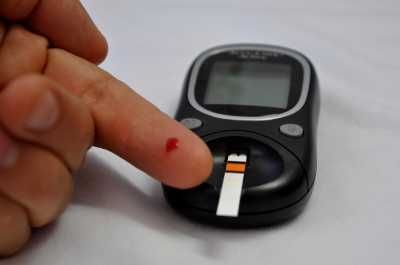Author Interviews, Diabetes, JAMA, Ophthalmology, Technology / 13.12.2017
Deep Learning System Can Screen For Diabetic Retinopathy, Glaucoma and Macular Degeneration
MedicalResearch.com Interview with:
Dr. Tien Yin Wong MD PhD
Singapore Eye Research Institute, Singapore National Eye Center,
Duke-NUS Medical School, National University of Singapore
Singapore
MedicalResearch.com: What is the background for this study? What are the main findings?
Response: Currently, annual screening for diabetic retinopathy (DR) is a universally accepted practice and recommended by American Diabetes Association and the International Council of Ophthalmology (ICO) to prevent vision loss. However, implementation of diabetic retinopathy screening programs across the world require human assessors (ophthalmologists, optometrists or professional technicians trained to read retinal photographs). Such screening programs are thus challenged by issues related to a need for significant human resources and long-term financial sustainability.
To address these challenges, we developed an AI-based software using a deep learning, a new machine learning technology. This deep learning system (DLS) utilizes representation-learning methods to process large data and extract meaningful patterns. In our study, we developed and validated this using about 500,000 retinal images in a “real world screening program” and 10 external datasets from global populations. The results suggest excellent accuracy of the deep learning system with sensitivity of 90.5% and specificity of 91.6%, for detecting referable levels of DR and 100% sensitivity and 91.1% specificity for vision-threatening levels of DR (which require urgent referral and should not be missed). In addition, the performance of the deep learning system was also high for detecting referable glaucoma suspects and referable age-related macular degeneration (which also require referral if detected).
The deep learning system was tested in 10 external datasets comprising different ethnic groups: Caucasian whites, African-Americans, Hispanics, Chinese, Indians and Malaysians
(more…)




